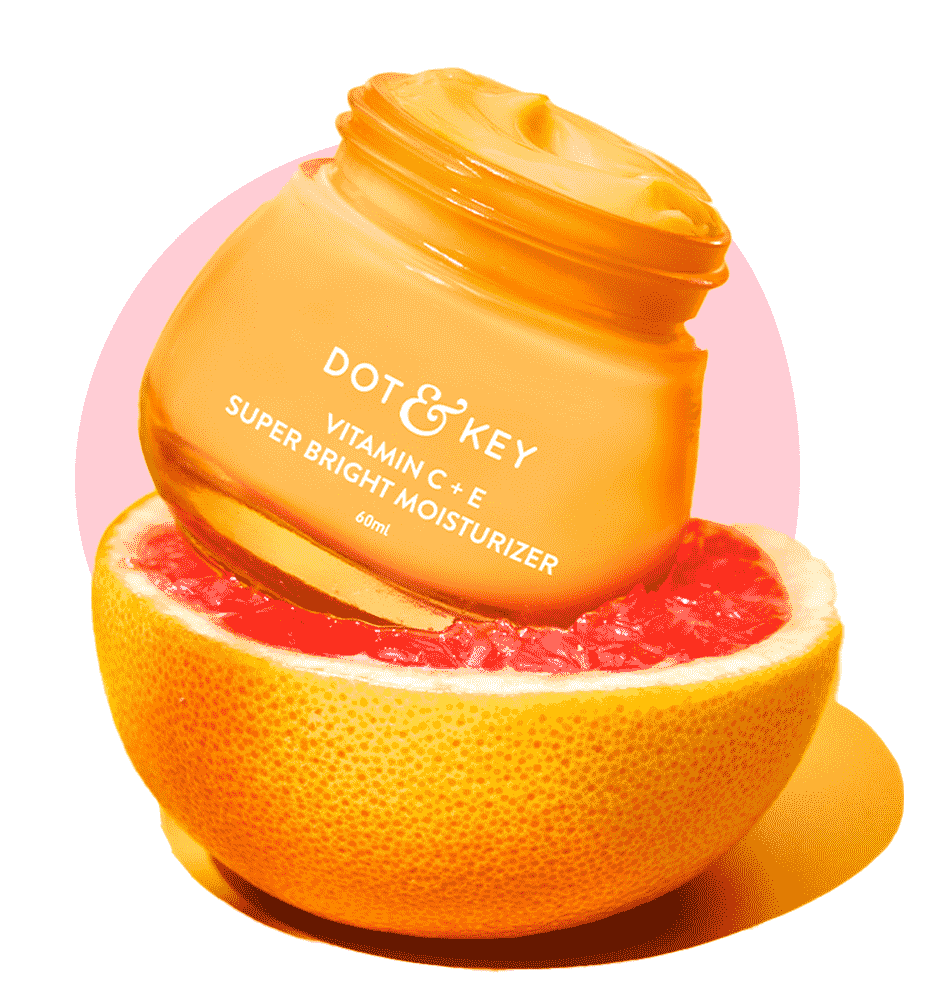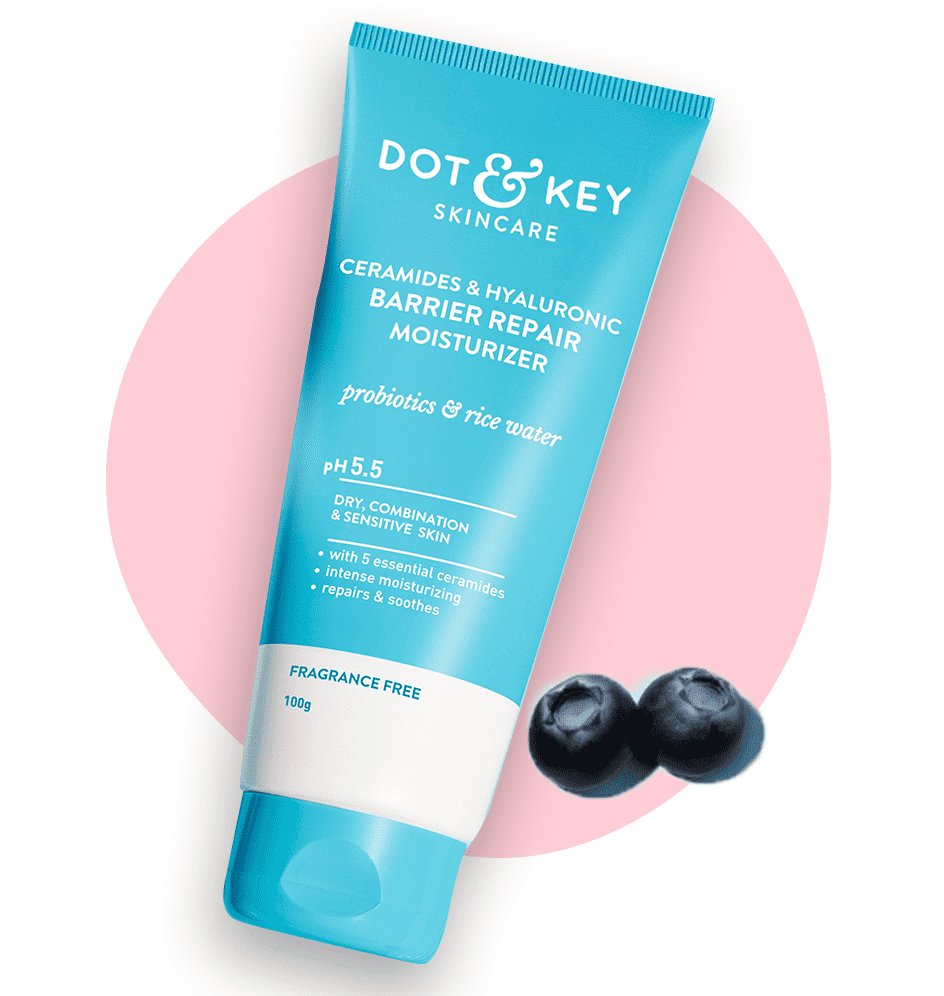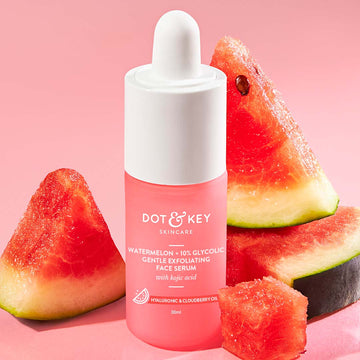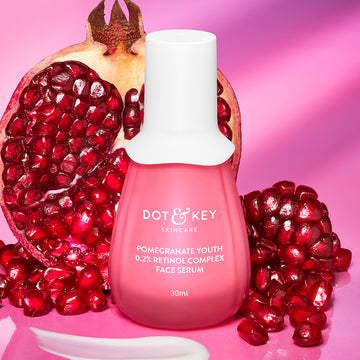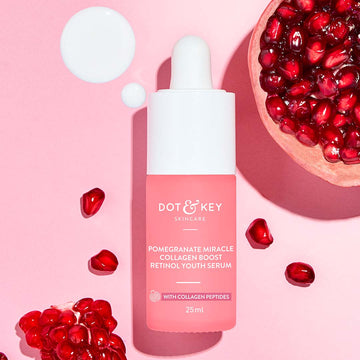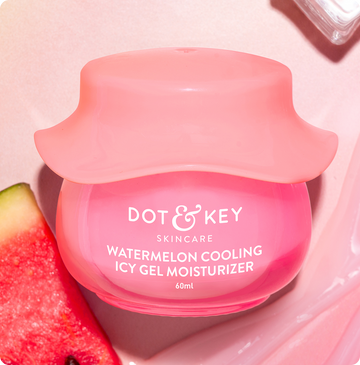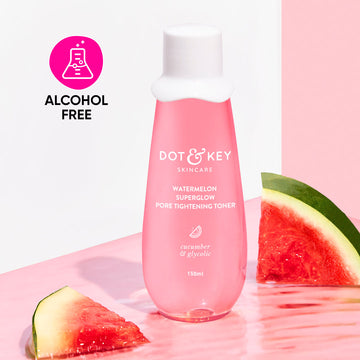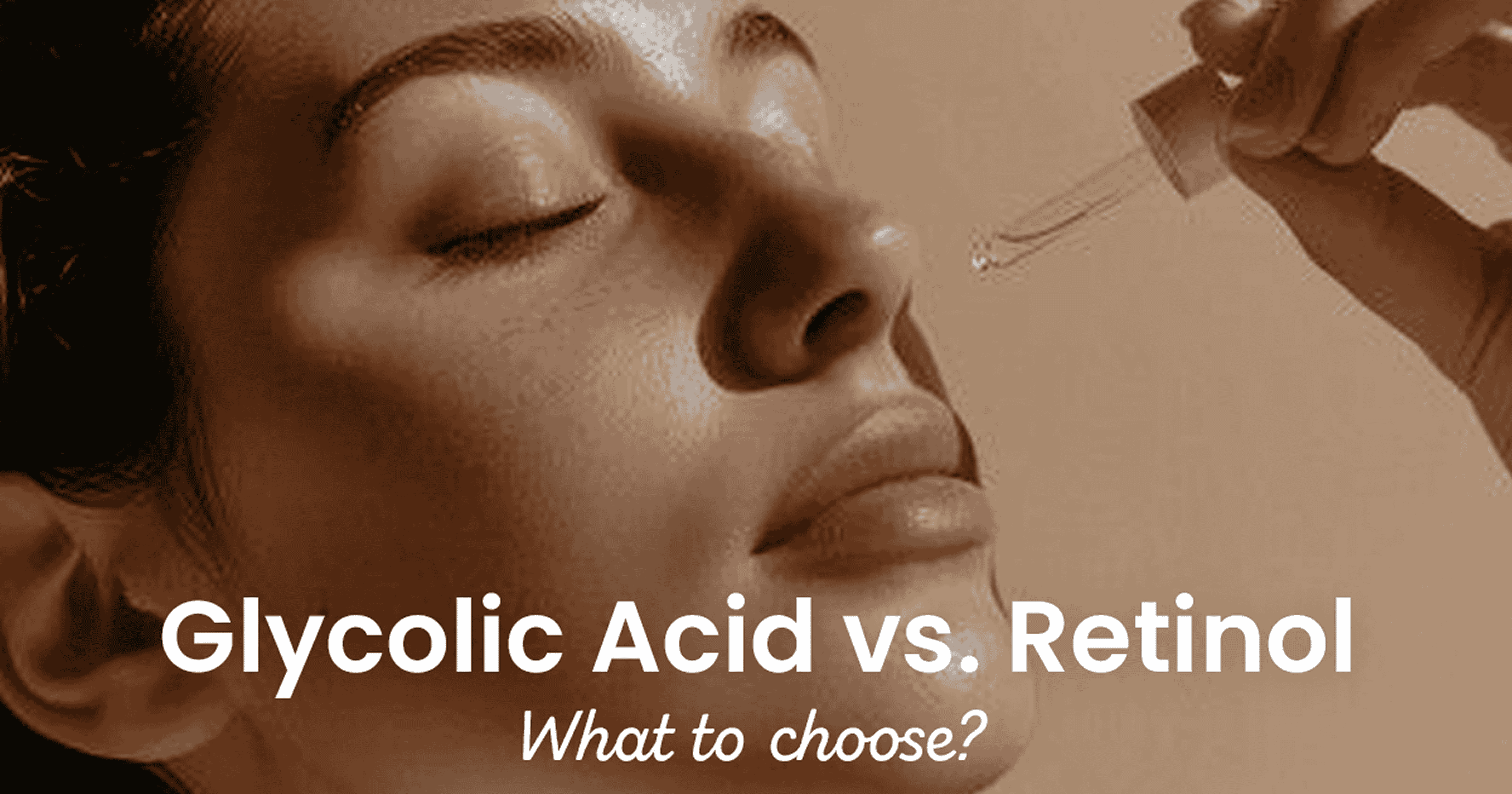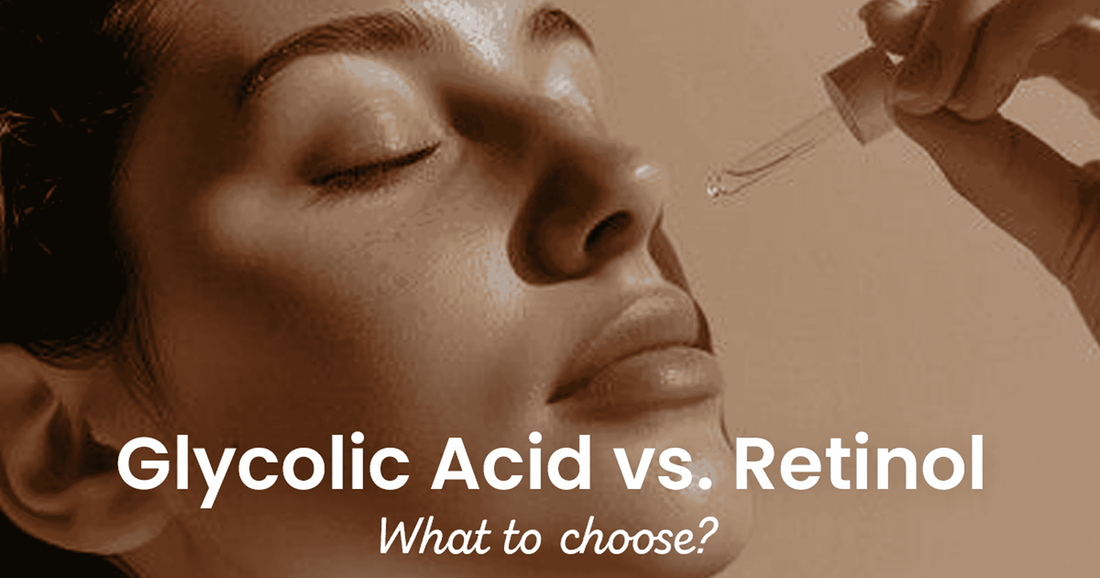
Glycolic acid and retinol are two of the most powerful and popular ingredients in skincare. While glycolic acid is a chemical exfoliant that removes dead skin cells, retinol is a Vitamin A derivative that promotes cell turnover and boosts collagen. Both are excellent for improving skin texture and tone, but they work differently and address distinct concerns.
Here’s a detailed comparison to help you decide which one is better for your skin.
What is Glycolic Acid?
Glycolic acid is an alpha-hydroxy acid (AHA) derived from sugarcane. It works by breaking down the bonds between dead skin cells on the surface of the skin, revealing brighter, smoother skin.
Key Benefits of Glycolic Acid:
- Exfoliates Skin: Removes dead skin cells for smoother texture and tone.
- Brightens Complexion: Fades dullness and evens out skin tone.
- Fades Hyperpigmentation: Treats dark spots, melasma, and acne scars.
- Stimulates Collagen: Improves elasticity and reduces fine lines and wrinkles.
- Prepares Skin for Other Products: Enhances absorption of serums and creams.
What is Retinol?
Retinol is a derivative of Vitamin A and is widely recognized as one of the best anti-ageing ingredients. It works by increasing cell turnover and stimulating collagen production, which addresses multiple skin concerns.
Key Benefits of Retinol:
- Boosts Cell Turnover: Promotes new skin cell growth for a smoother, brighter complexion.
- Reduces Fine Lines and Wrinkles: Stimulates collagen and elastin production.
- Treats Acne: Prevents clogged pores and reduces inflammation.
- Fades Dark Spots: Reduces hyperpigmentation and post-acne marks.
- Improves Skin Texture: Smooths rough patches and refines the skin's surface.
How They Compare
| Feature | Glycolic Acid | Retinol |
|---|---|---|
| Primary Function | Exfoliation and brightening. | Cell turnover and anti-aging. |
| Skin Type | Best for normal, dry, and aging skin. | Suitable for all skin types, but may irritate sensitive skin. |
| Exfoliation | Chemical exfoliation on the surface. | Promotes deeper exfoliation over time. |
| Anti-Aging Benefits | Stimulates collagen and reduces fine lines. | Significant; reduces wrinkles and boosts collagen. |
| Acne Treatment | Minimal; helps fade post-acne marks. | Highly effective for treating and preventing acne. |
| Hyperpigmentation | Fades dark spots gradually. | More effective at fading deeper pigmentation. |
| Irritation Potential | Moderate; may cause redness or dryness. | High; may cause peeling, redness, or dryness, especially for beginners. |
| Frequency of Use | 2–3 times a week initially; increase as tolerated. | Start with 2–3 times a week; increase gradually. |
| Sun-sensitivity | Increases sun sensitivity; sunscreen required. | Increases sun sensitivity; sunscreen required. |
Which is Better for Your Skin?
The choice depends on your specific skin concerns and tolerance:
Choose Glycolic Acid If:
- Your primary concern is dullness, uneven texture, or rough skin.
- You’re looking for a quick brightening solution.
- You want to treat surface-level hyperpigmentation like dark spots.
- You have normal to dry skin that can tolerate chemical exfoliation.
Choose Retinol If:
- Your focus is on anti-ageing, such as reducing fine lines and wrinkles.
- You want to treat acne or prevent clogged pores.
- You’re targeting deeper hyperpigmentation or post-acne scars.
- You have time for a long-term solution with gradual results.
Can You Use Glycolic Acid and Retinol Together?
Yes, but using glycolic acid and retinol together requires caution, as both are potent actives that can irritate the skin if overused.
How to Use Them Safely:
- Alternate Nights: Use glycolic acid one night and retinol the next to avoid overloading your skin.
- Morning vs. Night: Use glycolic acid in the morning (with sunscreen) and retinol at night.
- Buffering: Apply retinol after a moisturizer if your skin is sensitive.
- Introduce Gradually: Start with one product at a time, then incorporate the other after your skin adjusts.
Who Should Use Both?
- Ageing Skin with Texture Issues: Glycolic acid exfoliates and smooths, while retinol boosts collagen and reduces wrinkles.
- Acne-Prone Skin with Scarring: Retinol treats active acne and prevents new breakouts, while glycolic acid fades scars and improves texture.
- Combination Skin: Use glycolic acid on rough or dull areas and retinol for anti-aging and acne prevention.
Common Mistakes to Avoid
-
Overusing Both Ingredients:
Too much exfoliation or cell turnover can damage the skin barrier. Start slow and monitor your skin’s response. -
Skipping Sunscreen:
Both glycolic acid and retinol increase sun sensitivity, making SPF essential. -
Not Moisturizing:
Always follow with a hydrating product to prevent dryness and maintain the skin barrier.
Science Backing
- Glycolic Acid: Research in the Journal of Dermatological Science highlights glycolic acid’s ability to improve skin texture, tone, and collagen production.
- Retinol: Studies in the Journal of Investigative Dermatology confirm retinol’s effectiveness in reducing wrinkles, increasing cell turnover, and improving acne.
- Combination Use: Dermatologists recommend alternating glycolic acid and retinol to target multiple concerns without overwhelming the skin, as noted in the Journal of Cosmetic Dermatology.
Conclusion
Both glycolic acid and retinol are exceptional skincare ingredients, but they serve different purposes. Choose glycolic acid for exfoliation, brightening, and texture improvement. Opt for retinol if your focus is on anti-ageing, acne treatment, or deep pigmentation.
FAQs About Glycolic Acid and Retinol
1. Should I Use Glycolic Acid or Retinol First?
If using in the same routine (not recommended for beginners), apply glycolic acid first to exfoliate and prep the skin, then wait 20–30 minutes before applying retinol.
2. Can I Use Them Every Day?
- Glycolic Acid: Start with 2–3 times a week and increase frequency as tolerated.
- Retinol: Start with 2–3 times a week and gradually increase frequency.
3. Do They Work for All Skin Types?
Yes, but glycolic acid is better for normal to dry skin, while retinol works for all skin types with proper hydration and buffering.







